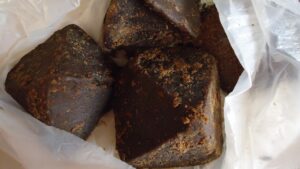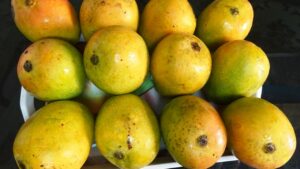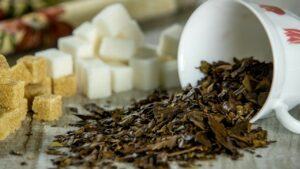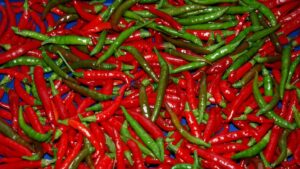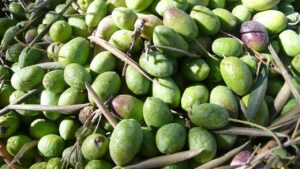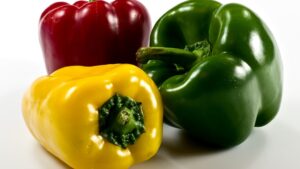“Chaltar Aachar” – one of the mouth-watering pickles which are also available in a runny version known as Chaltar Tok/chutney.
Chalta fruit or Elephant Apple usually grows in a cold climate. It is obtainable from the places like Meghalaya, Assam, North East, and even the Himalayas.
It is mainly existing in the woodlands across the country. This fruit is a large, greenish-yellow oblong fruit which starts growing in the autumn season and is available between October and February.
This fruit is loved in both ripe and unripe versions and used in the cuisines of Meghalaya, Assam, North East, Bengal, Orissa, and even Bangladesh.
You can get juices, jellies, jams, pickles, and curries. It has a distinct taste with a combination of sour and sweet along with a refreshing aroma.
Uses of Chalta in Indian Cuisines
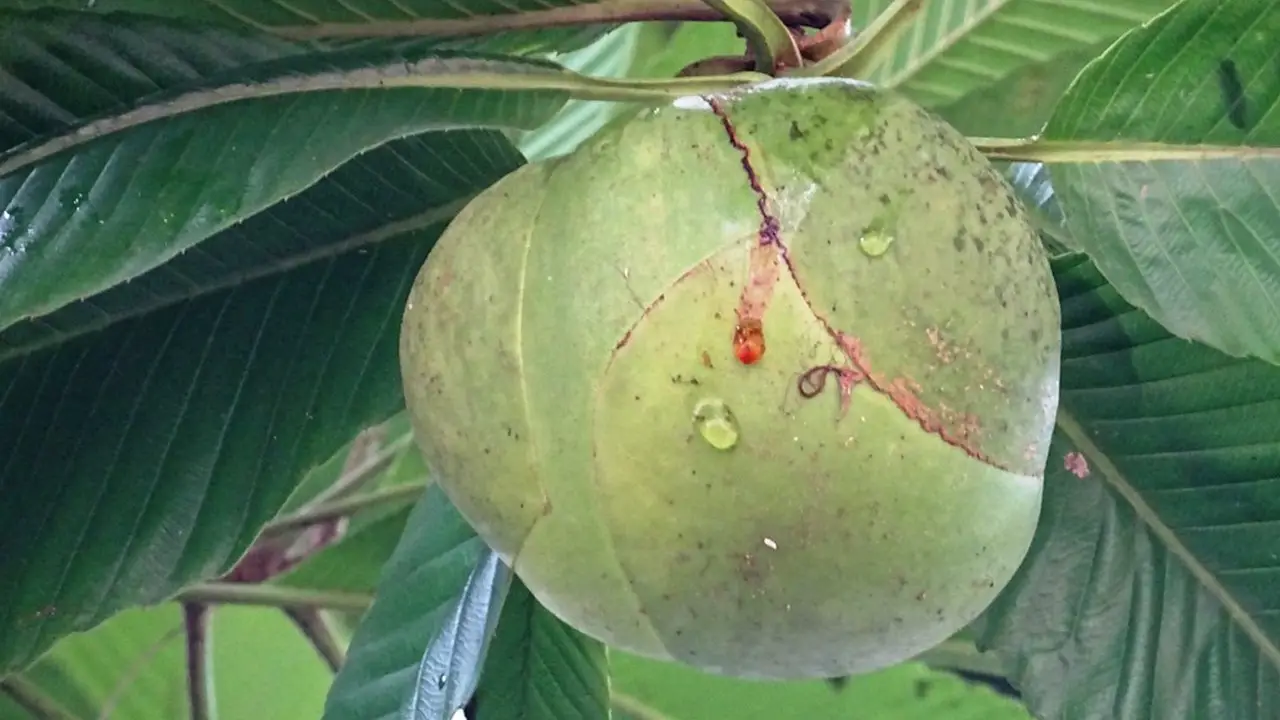
Chalta-r-achar or Chalta-r-chutney is loved by almost all the Bengalis out here. The smell and the taste of Chalta are loved by the people of Meghalaya, Assam, North East, Bengal, Orissa, and even Bangladesh.
This eternally green shrub – Chalta grows at a height of 15m with broad serrated leaves which hold strong branches with reddish brown barks.
In the colder climate, the tangy chalta fruit sprouts out with petals and flowers that bloom white in summer.
Bengali cuisines are having different Chalta recipes. Here I will share some of the recipes that are mainly popular all over the region.
These recipes are prepared in different regions of India and each one of these has separate processes of its own.
This is made in a very easy process where the Chalta fruit is cut into pieces and then boiled with a little bit of turmeric and salt. Then in a pan jaggery is added and boiled with water.
Finally, the boiled Chalta pieces are added and cooked. With a separate spatula, the pieces are smashed.
Finally, “bhaja moshla” is added to the recipe and cooked till it becomes dry. Serve it when it is cooled and add some “bhaja moshla” over the top.
Chaltar Dal:
If you wish to have “tok dal” in winter then Chaltar Dal is one such interesting recipe. Here masoor dal is being used to prepare the dal along with Chalta.
Some of us use onion and if you don’t want to, you can simply prepare it with bay leaves, dry red chili, and mustard oil.
Chaltar Chutney:
Like Chaltar Aachar, you can prepare chutney. You just need salt, turmeric, bay leaves, dry red chili, and mustard oil. This is a runny liquid-type juicy sweet and sour dish.
Habisa Dalma:
This is an Oriya dish where moong dal is prepared with chalta, salt, turmeric, bay leaves, dry red chili, and mustard oil. It tastes nice and very authentic.
How Does Chalta Taste?
Chalta, also known as elephant apple, has a unique taste that is difficult to describe. It has a sour and slightly bitter flavor with a hint of sweetness.
Some people compare the taste to a combination of pineapple, lemon, and grapefruit.
The fruit is commonly used in chutneys, pickles, and curries in Indian and Southeast Asian cuisines.
Overall, chalta has a distinctive and refreshing taste that adds a unique flavor to many dishes.
Which Part of Chalta Do We Eat?
This Chalta fruit is seldom eaten as it is sweet and sour. Chalta is a fruit, and the edible part of the fruit is its pulp.
The pulp is the fleshy, juicy part surrounding the seeds. The pulp of Chalta fruit is yellowish-orange in color and has a tangy, sour taste.
The seeds of Chalta fruit are not edible and are usually discarded.
What Goes Best with Chalta?
It is commonly used in Southeast Asian cuisine in chutneys, curries, and pickles.
Chalta goes well with spices like cumin, coriander, and ginger, as well as with sweeter flavors like jaggery. Some traditional recipes also pair chalta with seafood and fish.
In general, chalta is used as a souring agent in dishes, much like tamarind or lime. So, it is often used in combination with other ingredients to balance out the flavors.
It can be used to add a tangy taste to stews, curries, and sauces. Some people also enjoy eating chalta raw with a sprinkle of salt and chili powder.
What is Chalta Called in Different Languages?
Chalta is known as Elephant Apple in English and Chalta in Hindi.
Conclusion
Chalta is a unique and tangy fruit that is widely used in Indian and Southeast Asian cuisines.
Its pulp is the edible part of the fruit and is used to make various dishes like pickles, chutneys, and curries.
Chalta goes well with spices and sweeter flavors and is commonly used as a souring agent in dishes.
With its refreshing aroma and distinctive taste, Chalta adds a unique flavor to many dishes and is loved by people across different regions.

